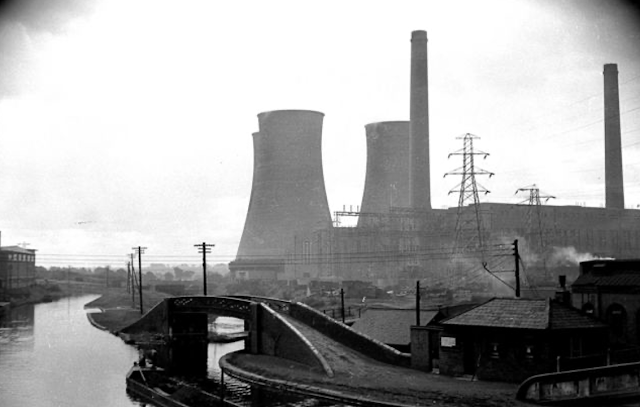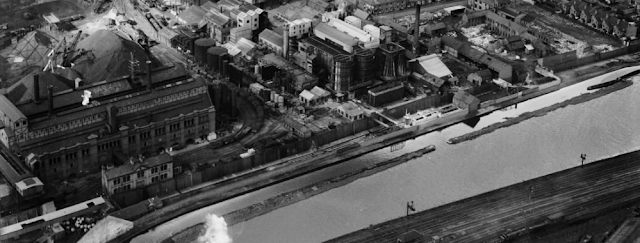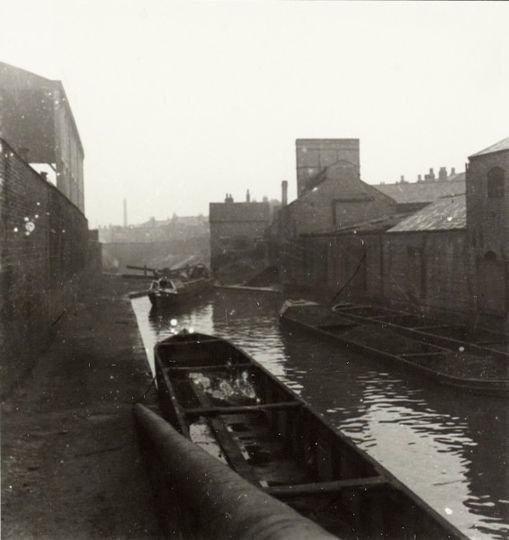The Saltley Cut
December 2022
Officially speaking the canal linking Salford Junction with Bordesley Junction is the Warwick and Birmingham Junction Canal, but to boaters of old it was simply The Saltley Cut, because it went through Saltley. Fair enough I think!
My earliest memories of the Saltley Cut was using it to bypass Birmingham as we sneaked around the south east of the city without having to climb to the summit in the city centre, and ploughing through a series of utterly filthy locks pasted with oil and grot. To be fair to the canal, it did pass through the heart of the Birmingham gasworks and associated tar distilleries so a large amount of discharge was to be expected.
Whatever my recollections, the cut was built to link the Warwick and Birmingham Canal with the Birmingham and Fazeley, avoiding an unnecessary climb up the Ashted Locks and then down the Aston Locks.
This may not be the BCN but its line is never far from the Aston Locks which were BCN.
Here are some images of this short cut waterway during its commercial carrying days.
The above photos have been assembled from various sources, including those freely found on the internet. My thanks go to the many photographers alive and dead who have contributed to this collection and in so doing, are keeping the memory of these lost canals alive. These images are reproduced for ease of research are are not necessarily the property of this blog, and as such should not be used for commercial gain without the explicit permission of the owner (whoever that may be).
















































































